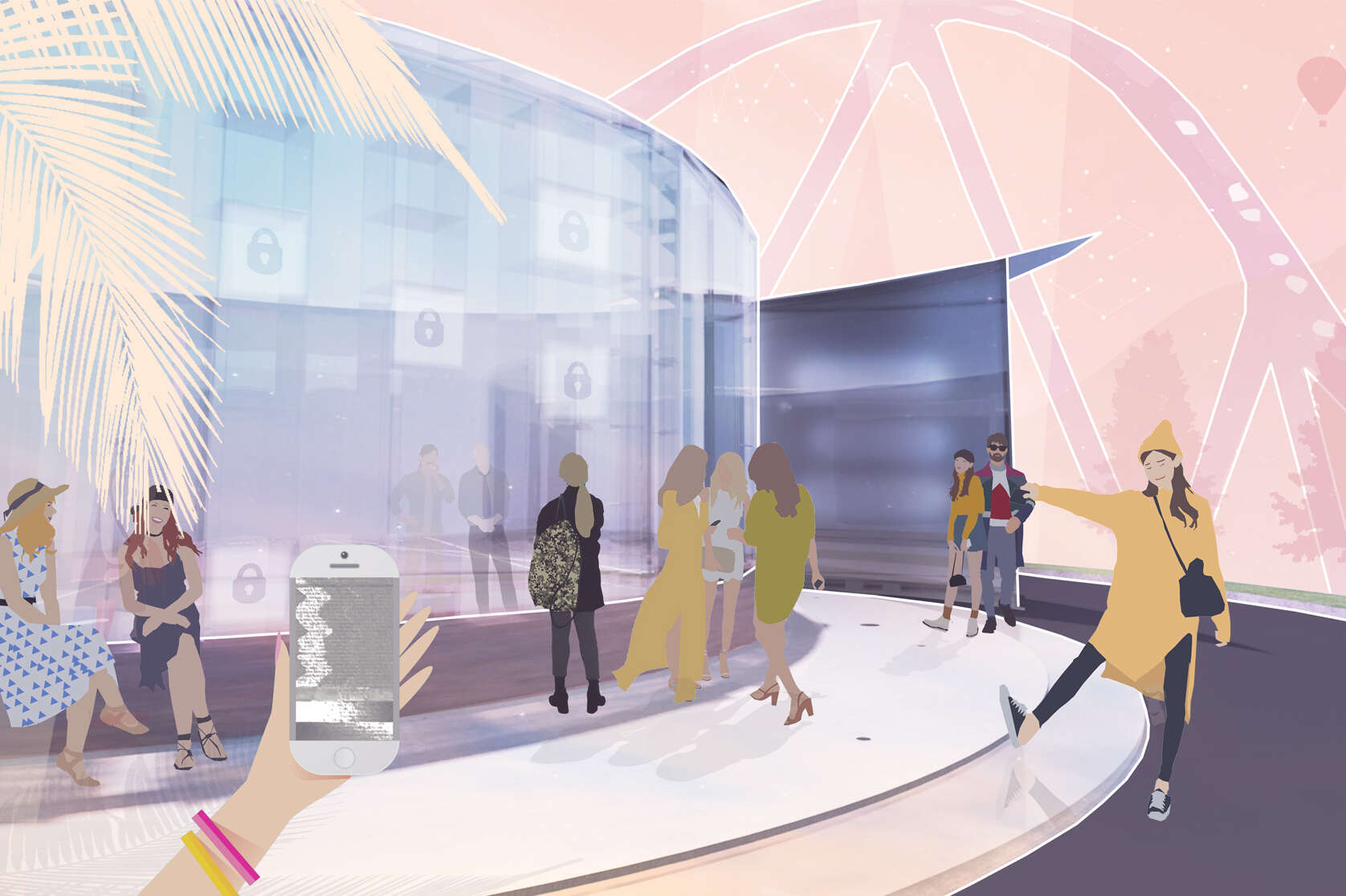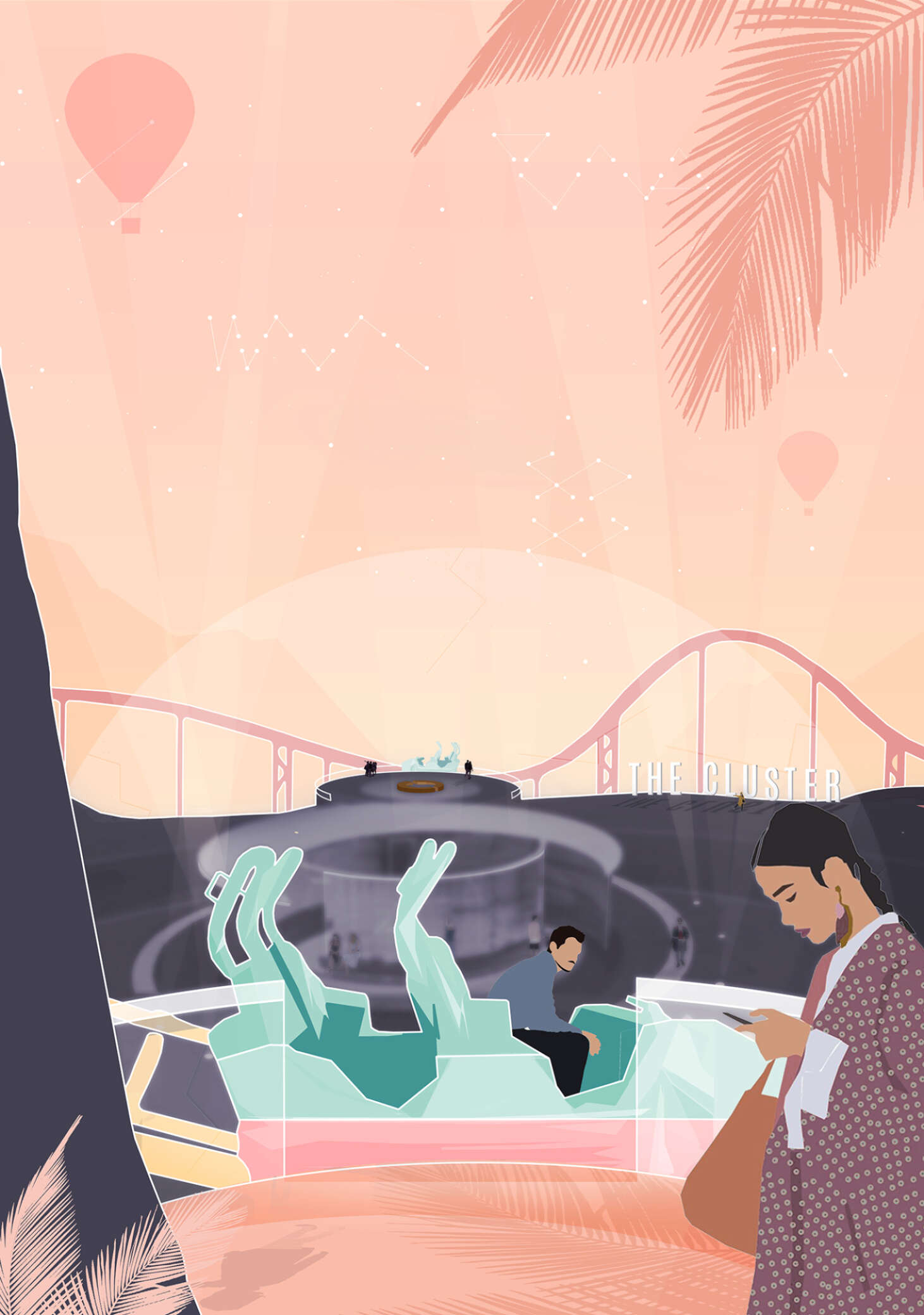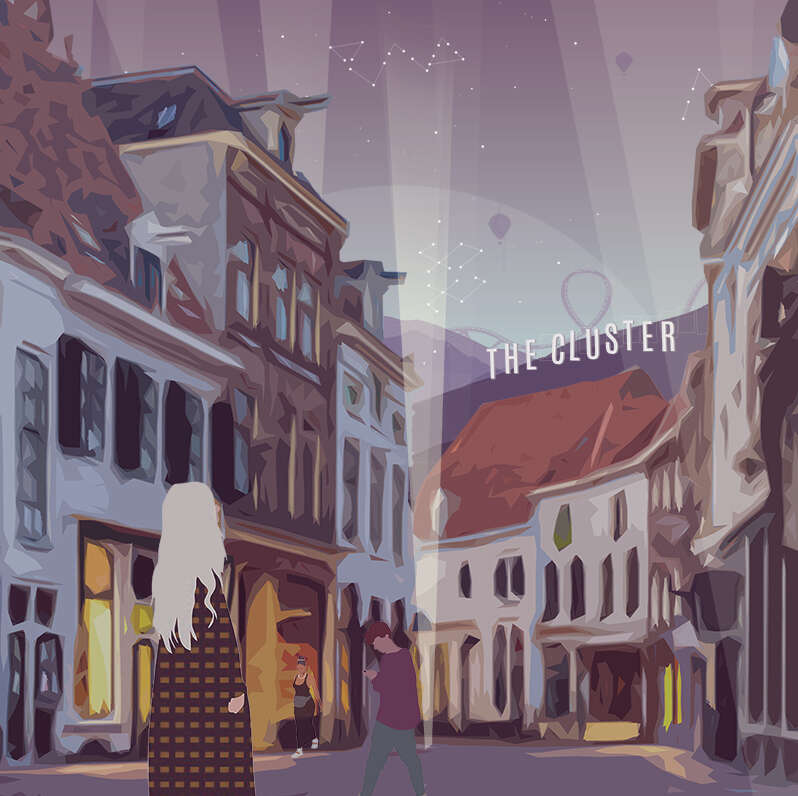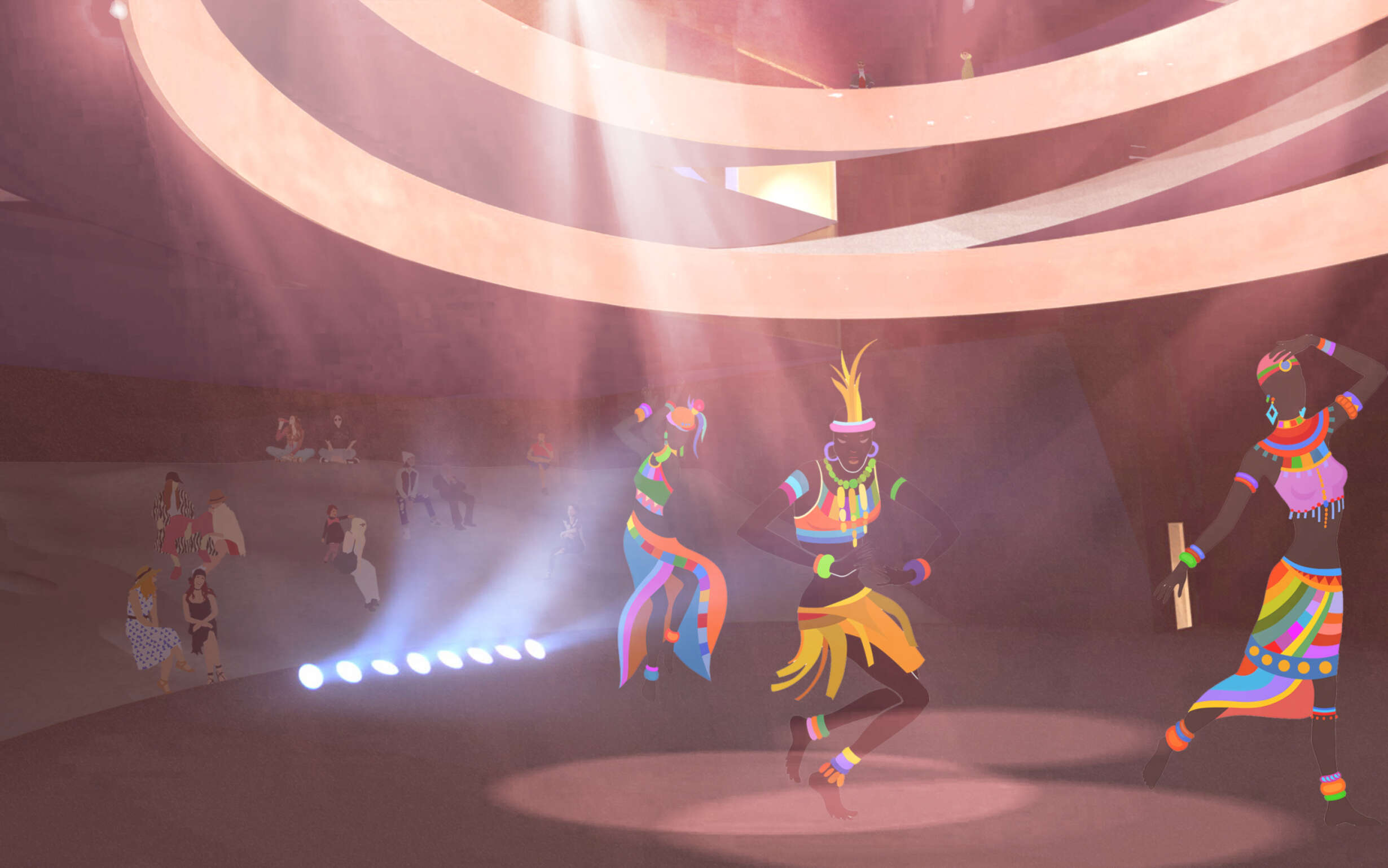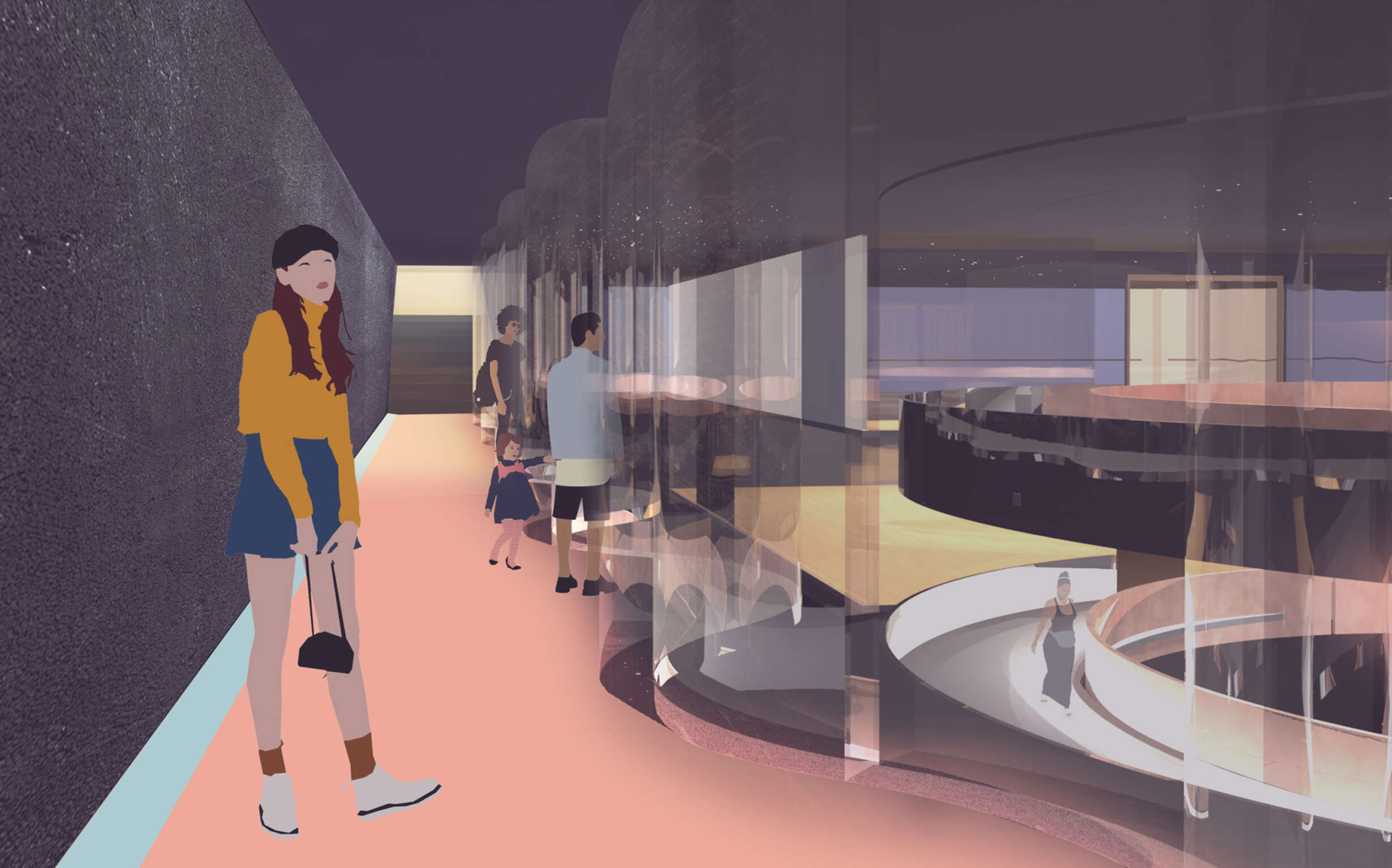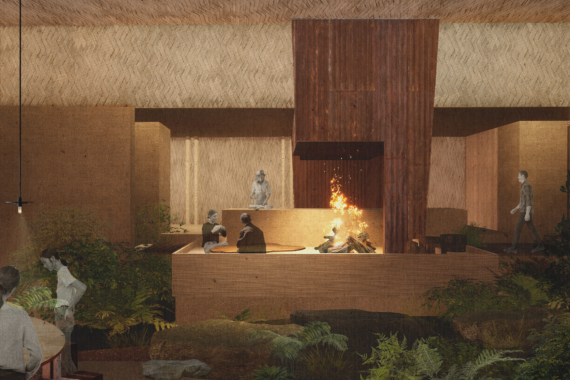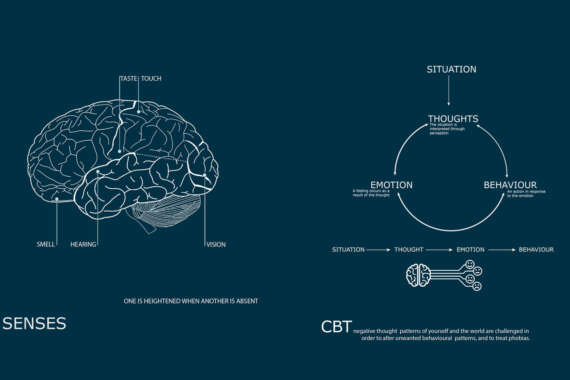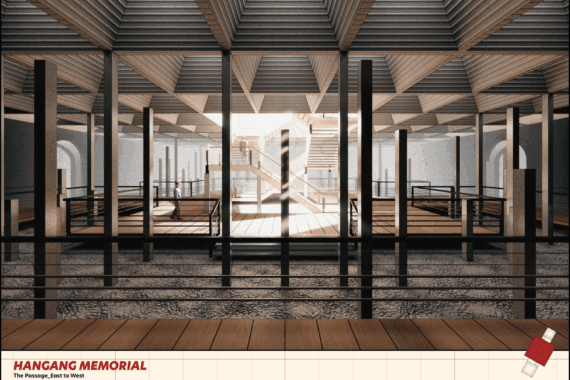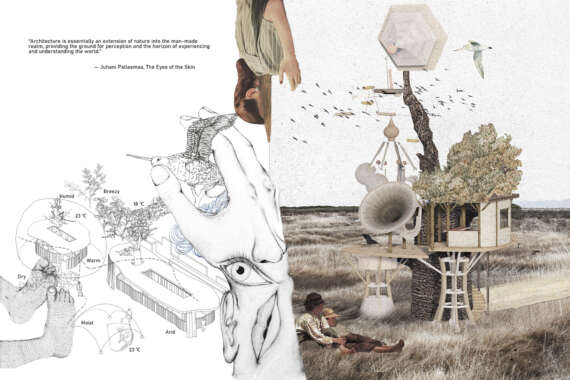The foundations of this thesis were concocted from the growing trend of dismissing creative arts education in New Zealand. This has resulted in a large group of the population feeling as though they don’t belong, subsequently affecting their mental health.This is reflected globally, as the reputation of the arts is laced with inferiority when compared to science and technology.
A key component of humankind’s survival is the ability to express emotion and feel a sense of community, which historically was conveyed through performance and dance. However, due to a growing stigma, creative opportunities are diminishing and consequently driving people to turn to the fantasy world of social media to get their creative fix.
The fast pace of the world around us and the advancement of technology allows us to be swept away and influenced by information that we don’t necessarily agree with, or need. Since those who comprise Generation Z (people born 1995 and later) have grown up with technology and media at their fingertips, it is easy for them to slip into this fabricated universe. Although the means are available to be connected at all hours of the day, Generation Z feels more disconnected than ever, and genuine social connections are at an all-time low.
Through the process of eradicating stigmas, breaking the addictions to a false reality and restoring forgotten dreams, this thesis seeks to bridge societal isolation by encouraging the benefits of genuine interaction as well as being present in the moment. Through creative endeavour, this project will critically analyse the role of architecture in a STEM-(Science, Technology, Engineering and Mathematics) driven world and question how it can be used as a tool to reinstate the creative into a divided society.
